Yates Account
Join now
Create a Yates account today!
Sign up to join the Yates Garden Club for monthly e-mails packed with seasonal inspiration, tips for success & exclusive promotions.
Plus if you’re a Garden Club member you can take part in the Yates Growing Community - a blog to share successes, get advice & win prizes in fun challenges along the way!

Forgot password
Enter the email address associated with your account, and we'll email you a new password.

How to grow peas in a garden
- Choose a sunny spot in the garden with well drained soil. Loosen soil to depth of 30cm and enrich with Yates Thrive Natural Blood & Bone with Seaweed.
- Unless you know your soil already has a high pH, add Yates Hydrangea Pinking Liquid Lime & Dolomite to help raise soil pH.
- Dampen soil and sow seeds approximately 25mm deep. Don’t water again until seedlings appear.
- Once seedlings emerge, feed weekly with Yates Thrive Natural Fish Seaweed+ Plant Food Concentrate. Mulch around the base of the plant with organic mulch like woodchip or pea straw to retain moisture.
- Climbing peas like Yates Telephone, Snow Peas and Climbing Sugarsnap will need a supporting trellis to climb on as they grow. Choose a wire panels or bamboo trellis as they allow air movement through the plants.
- Harvest once peas are plump. You may be picking every 2-3 days and this will also help promote more peas! You can also sow successive crops every 4-5 weeks to extend your harvest window.
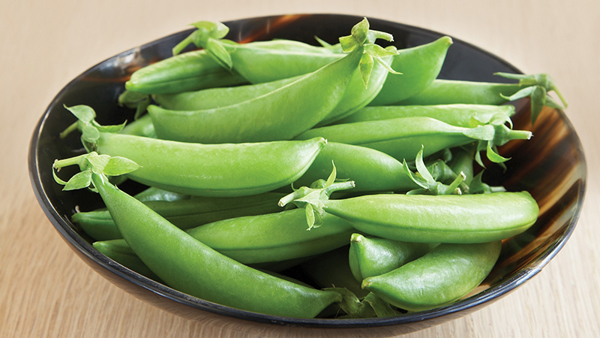
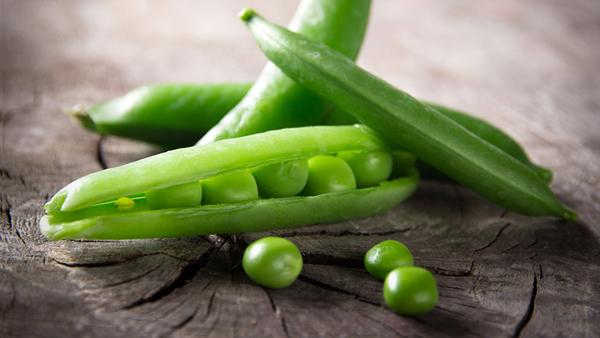
How to grow peas in a pot
Snow peas and Yates ‘Earlicrop Massey’ are ideal for growing in containers in small space areas or balconies. Snow peas require a trellis, while dwarf ‘Earlicrop Massey’ can grow without support.
- Choose a pot or trough at least 600mm wide and 200mm deep. Position in full sun and protect from strong winds.
- Fill with quality potting mix, such as Yates Premium Potting Mix and water well.
- Sow seeds approximately 25mm deep and don’t water again until seedlings appear.
- Once seedlings emerge, feed weekly with Yates Thrive Natural Fish Seaweed+ Plant Food Concentrate.
- If required, install a trellis to help support the plants.
- Harvest once peas are plump. You may be picking every 2-3 days and this will also help promote more peas!
Peas 'Novella'
Snow Peas - Climbing
Peas 'Earlicrop Massey'
Sugarsnap Peas - Dwarf
Sugarsnap Peas - Climbing
Growing tips
Even the taller ‘dwarf’ peas, such as Greenfeast, will perform better if given some support otherwise they tend to flop on the ground where they’re more likely to pick up disease.
If you don’t have room for a trellis, the low growing Yates ‘Earlicrop Massey’ is ideal.
At the end of the season, dig the plants into the soil so that they can add valuable nitrogen.
Water regularly throughout the growing season, particularly in warmer weather. Try watering the soil or base of the plant to prevent fungal issues such as powdery mildew.



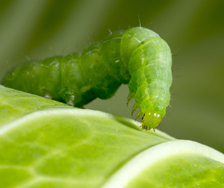
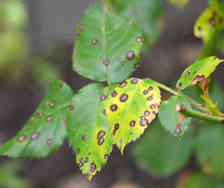
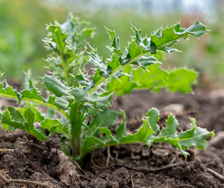
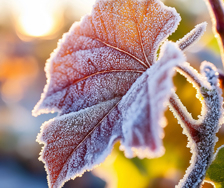
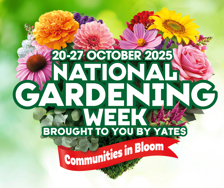







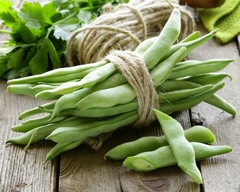

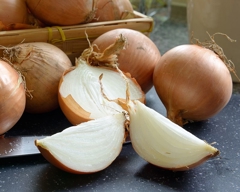
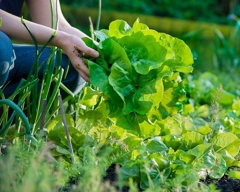
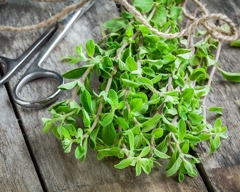








Share
Share this article on social media